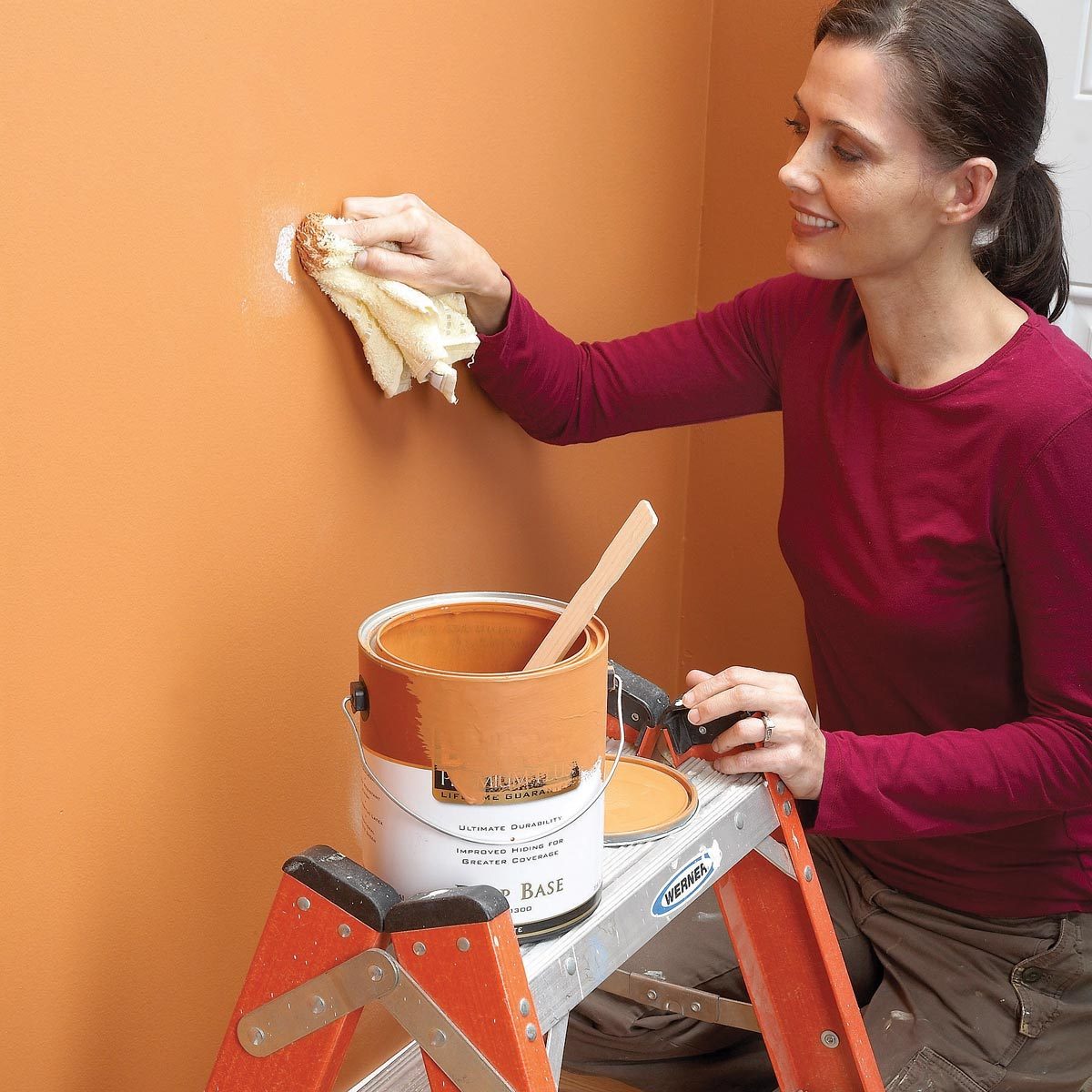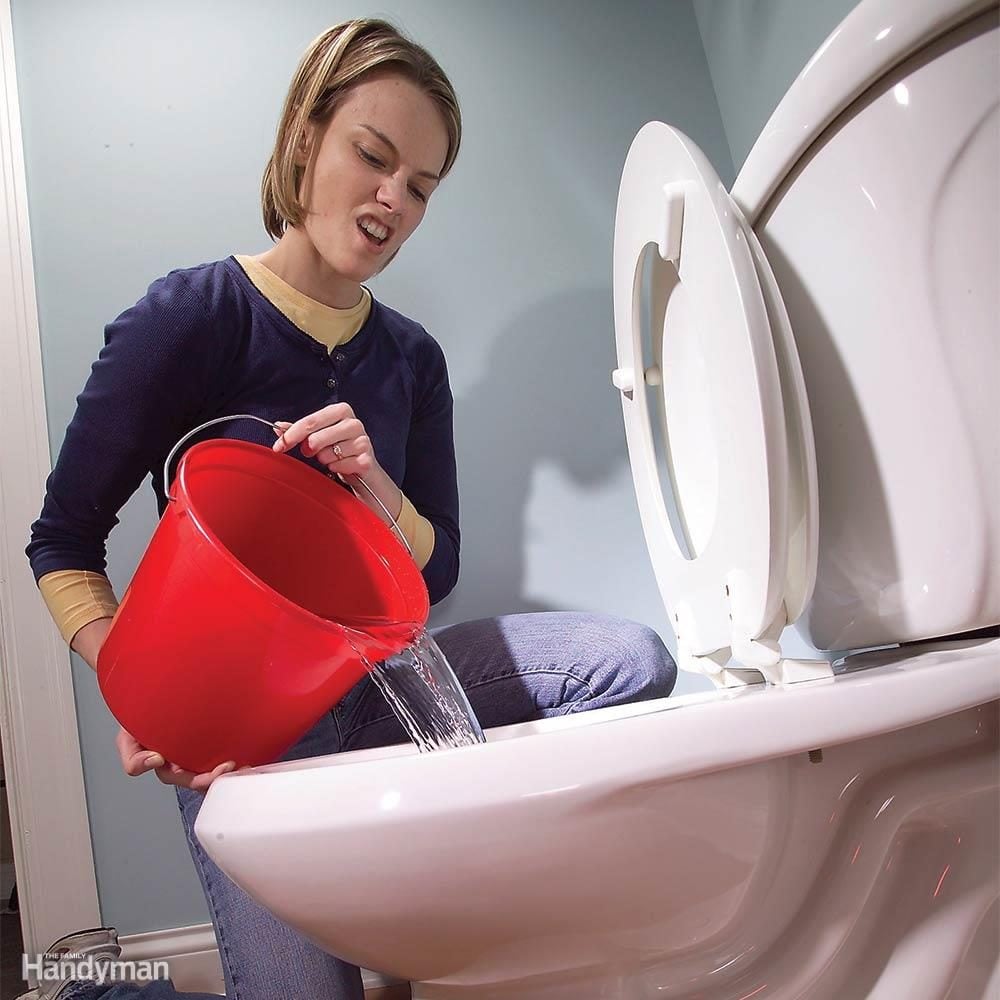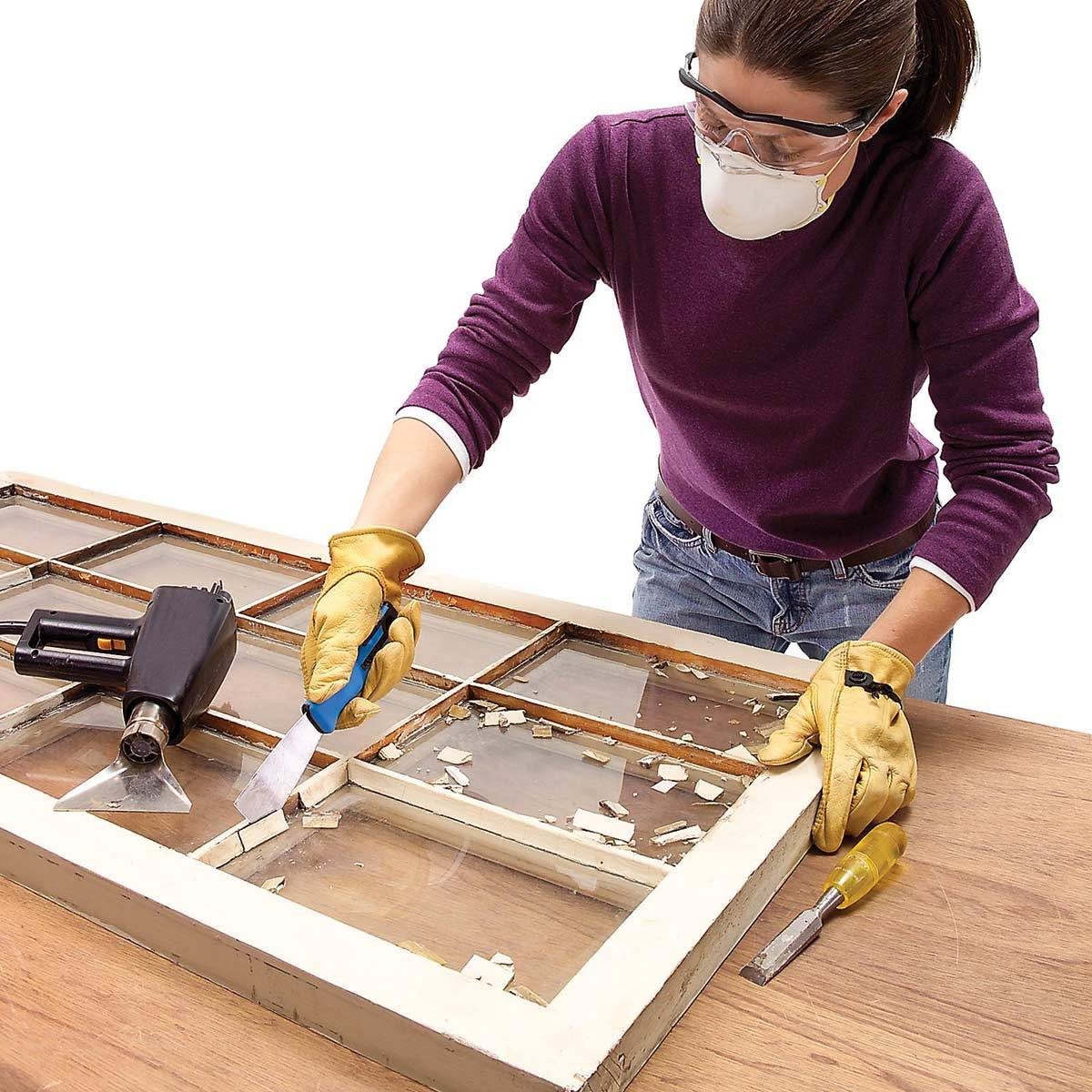Home repair is learned over time
40 Things You Should Know About a Home By Age 40

How to Fix a Loose Doorknob

Touch-up Without Cleanup

How to Flush the Toilet When the Power's Out: Flush With a Bucket

Deal with Drainage

Understand Electrical

Test the Sump Pump or Risk a Flood

Clean Dryer Vents or Waste Energy and Risk a Fire

How to Stop Under-the-Door Air Leaks

How to Sharpen Lawnmower Blades

Suck Out Drain Clogs

Sizing a Ceiling Fan

Tennis Ball Parking Guide

How to Seal Outlets and Ceiling Boxes

How to Fix Leaks and Drips

How to Change Locks

Paint Like a Pro

How to Fix a Running Toilet
There is a four-step strategy for fixing a running toilet. The fix will not only give your toilet a stronger flush, it can lower your water bill and it’s a task you should know how to do by age 40.

How to Fix Squeaky Floors
Silence those squeaky floors. This quick fix for silencing floor squeaks will take you just a day. Bonus: You don’t need any special tools.

How to Fix a Crack in Drywall
It doesn’t matter if your son’s basketball got away from him or you nicked the wall moving a piece of furniture—at some point you’ll be faced with a crack in the drywall. You’ll need a taping knife and utility knife, along with some drywall tape, pre-mixed joint compound and setting type compound to fix the crack so it doesn’t come back. By age 40 you’ve probably had to do some drywall repair at some point.

How to Fix Cracked Grout
Even the best tile jobs will succumb to cracking grout at some point. If the grout between your bathroom floor tiles is crumbling, there is a quick fix that will save you from tearing up the floor and starting over.

How to Fix an Unbalanced Washing Machine
You threw a heavy load of towels in the washer and now it’s unbalanced. With a level, pliers and a pry bar, you can have the washer balanced again in five minutes. By age 40 you’ve probably grown tired of calling a repair man for the job.

How to Fix Common Refrigerator Problems
Maybe your refrigerator isn’t cooling as well as it should, or perhaps the ice maker suddenly stops working. Many refrigerator issues are simple DIY fixes.

How to Fix a Water Heater Pilot Light
There could be a few reasons the pilot light on your water heater goes out. A common cause is a bad thermocouple, which shuts off the gas to the pilot light. This simple fix will cost you $20, if you do it yourself.

HVAC

Garbage Disposal Repair

Light Switches

Repairing Decks

Fix Windows

How to Replace a Toilet

Foam a Loose Showerhead

Solution for a Small Leak
Some roof leaks are tough to locate. Sometimes the water shows up at a ceiling spot distant from the leak. If your ceiling has a plastic vapor barrier between the drywall and the attic insulation, push the insulation aside and look for flow stains on the plastic. Often water runs to openings in the vapor barrier, such as at ceiling light fixtures.
If you can't see any telltale flow marks, and since the stain is fairly small, look at the underside of the roof for 'shiners.' A shiner is a nail that missed the framing member, in this case when the carpenter nailed the roof sheathing to the rafters. Moisture that escapes into the cold attic from the rooms below often condenses on cold nails. Sometimes you can spot this if you climb up into your attic on a cold night. The nails will look white because they're frosted. When the attic heats up a bit during the day, the frost melts and drips, then the nails frost up at night again and so on. The solution is to simply clip the nail with a side-cutting pliers.

Lubricate a Lock with a Pencil

Fix a Broken Light Fixture

Fix a Shutoff Valve

Air Filter
It is instinctual for homeowners to contact an HVAC tech when they notice irregularities in their cooling or heating system. These irregularities could be a direct result of a dirty or clogged air filter. We encourage homeowners to check their filters and replace if necessary. It’s also beneficial for homeowners with pets, carpet, or for homes near fields or construction zones to have multiple filters for convenient replacement.
Pro Tip: Mark your calendars! 1-in. filters should be changed every month, 2-in. filters should be changed every 2 months and 4 to 5-in. filters should be changed every 6 to 12 months.

Clothes Dryer Repair Guide
Most dryer problems can be fixed in an hour with a few basic tools and a continuity tester or multimeter, and you can do the work yourself with these simple instructions.

Restore Free Flow to a Faucet

How to Adjust Oven Temperatures
If your oven cooking times are off, recalibrate your oven temperature to match an accurate oven thermometer. The procedure is in your oven’s instruction manual. Learn how to adjust oven temperatures.

Electric Stove Repair
You can solve most electric range burner problems yourself and avoid the expensive service call. It’s quick and easy to replace a burner or bad burner socket. Read the electric stove repair tips.




















